Dwarf Burning Bush
Euonymus alatus 'Compactus'
Height: 5 feet
Spread: 7 feet
Sunlight:
![]()
![]()
Hardiness Zone: 4
Other Names: Winged Euonymus, Compact Winged Burning Bush
Description:
A spectacular and compact garden shrub which turns a luminous red color in fall, very showy; a shapely mounded growth habit and interesting corky wings on the branches; a very popular and adaptable landscape plant
Ornamental Features
Dwarf Burning Bush has rich green deciduous foliage on a plant with a round habit of growth. The pointy leaves turn an outstanding cherry red in the fall. It produces red capsules from early to late fall. The warty brown bark and harvest gold branches add an interesting dimension to the landscape.
Landscape Attributes
Dwarf Burning Bush is a dense multi-stemmed deciduous shrub with a more or less rounded form. Its average texture blends into the landscape, but can be balanced by one or two finer or coarser trees or shrubs for an effective composition.
This shrub will require occasional maintenance and upkeep, and can be pruned at anytime. It has no significant negative characteristics.
Dwarf Burning Bush is recommended for the following landscape applications;
- Accent
- Mass Planting
- Hedges/Screening
- General Garden Use
Planting & Growing
Dwarf Burning Bush will grow to be about 5 feet tall at maturity, with a spread of 7 feet. It tends to fill out right to the ground and therefore doesn't necessarily require facer plants in front, and is suitable for planting under power lines. It grows at a slow rate, and under ideal conditions can be expected to live for 50 years or more.
This shrub does best in full sun to partial shade. It is very adaptable to both dry and moist locations, and should do just fine under average home landscape conditions. It may require supplemental watering during periods of drought or extended heat. It is not particular as to soil type or pH. It is highly tolerant of urban pollution and will even thrive in inner city environments. Consider applying a thick mulch around the root zone in both summer and winter to conserve soil moisture and protect it in exposed locations or colder microclimates. This is a selected variety of a species not originally from North America.



